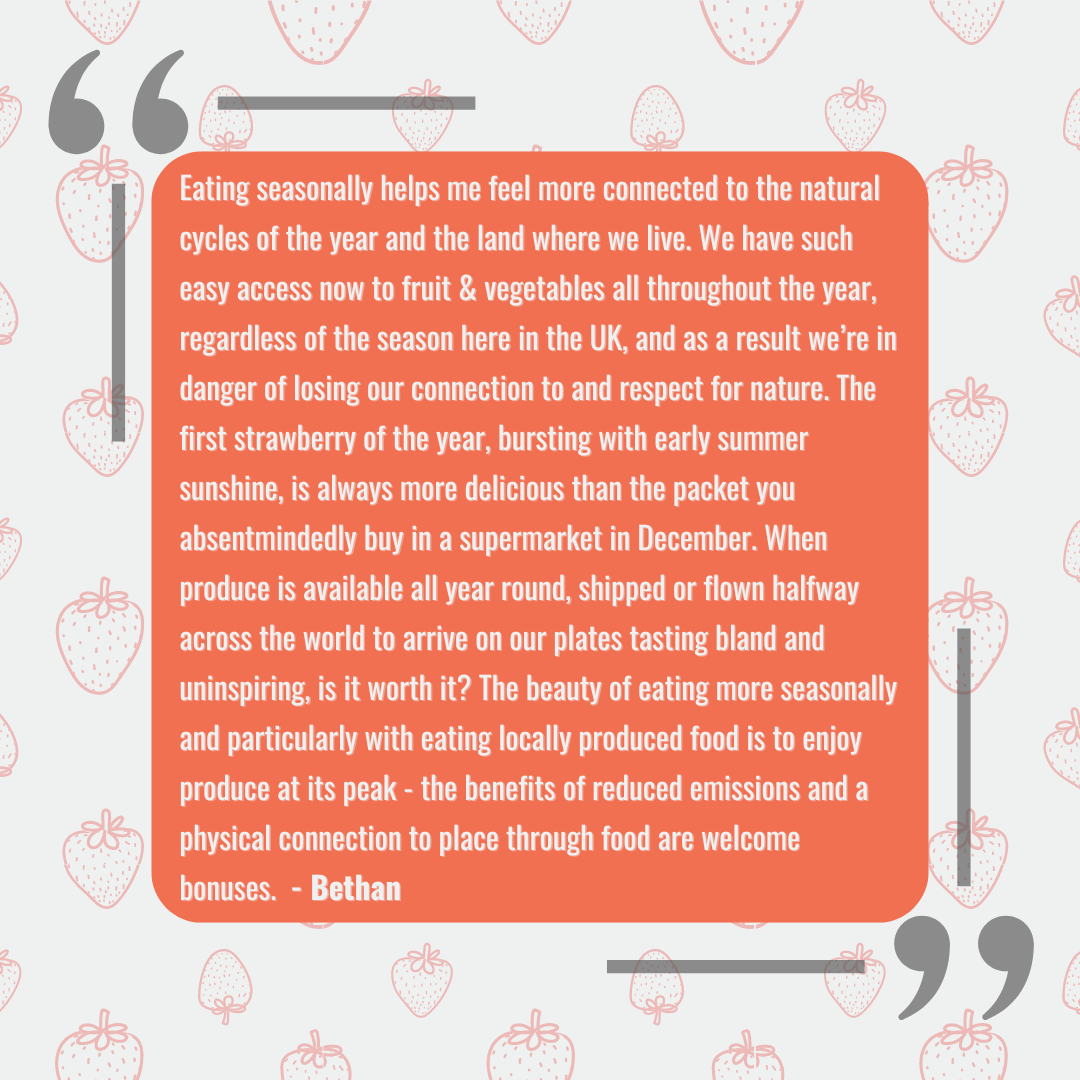
Can you hear the birds chirping outside your window? This is the sound of Spring!
The days are getting longer – finally! We will soon be leaving the dark half of the year and embracing the early spring rays of the Sun! Soon, it will be time to celebrate the Spring Equinox, also known as Ostara.
Ostara is celebrated in the second half of March in the Wheel of the Year and can be compared to Easter in the Christian calendar. But what is Ostara? This is what this blog is all about! But not just that. It will also be about eating seasonally and new ways of looking at it.
Nature is coming out of its winter sleep and waking up, reborn with its new Spring clothing. It’s time to thank darkness and welcome in the new light!
What is Ostara?
Ostara is an ancient Celtic celebration celebrated on the Spring Equinox in the second half of March. Some still celebrate it today. Let’s travel back in time together and find out its origins.
Ostara is one of the fire festivals. As mentioned earlier, it celebrates nature’s awakening, a time for growth and rejuvenation. Ostara is also the name of the Germanic goddess representing renewal and abundance—i.e., the goddess of spring.
In the Pagan calendar or Wheel of the Year, the goddess and the god are in a constant cycle. The goddess or triple goddess moves through the stages of mother, maiden and crone as the wheel turns. She represents earth, fertility, abundance and new beginnings. On the other hand, the god, also known as the sun god, represents, as its name indicates, the sun and warmth. As the wheel turns and the season changes, he battles darkness and is victorious as the wheel turns towards the Summer Solstice.
Ostara is the perfect occasion to celebrate the balance between new beginnings (the goddess) and growth and warmth (the god). Traditionally, you would build an altar with symbols that represent spring:
- Flowers
- Eggs
- Seeds

You can also take the time to write down blessings and light candles.
What can this mean to you?

What does it mean today and how can you celebrate it
Renewal and birth are key at this time of year. It’s a very powerful and potent time due to the stirring of nature and the perspective of future harvests. You can celebrate that by spending time with family, decorating eggs, making space, and cleansing your surroundings to invite the energy of spring and connect with the new beginnings ahead.
This is also a time for planting seeds and honouring the soil and environment around you. Planting seeds can also give you the opportunity to think about seasonal eating and reconnect with the rhythms of nature.
Here is what the Open Food Network UK team think about seasonal eating and their own experience:


In fact, eating seasonally whilst following the wheel of the year can be a great way to connect with nature. Finding new ways to celebrate the seasons and their particularities can be healing and an opportunity to understand it better. It can make seasonal eating fun and also allow you to push for change within your community.
Jamaica Kincaid Antiguan – an American author and gardening writer says that celebrating nature and gardening has informed her work and vice versa.
“When I’m writing, I think about the garden, and when I’m in the garden I think about writing. I do a lot of writing by putting something in the ground.”
“I shall never have the garden I have in my mind, but that for me is the joy of it; certain things can never be realised and so all the more reason to attempt them.”
Sometimes, starting to grow your own fruit and veg can be daunting. But, Kincaid also believed that it was not about achieving exactly what you had in mind; the journey is what counts.

Written by Djenai Delerue
Member of the Open Food Network UK Coordinating Circle and marketing lead
